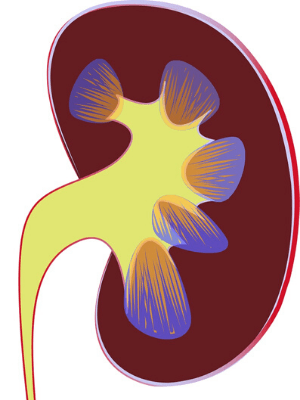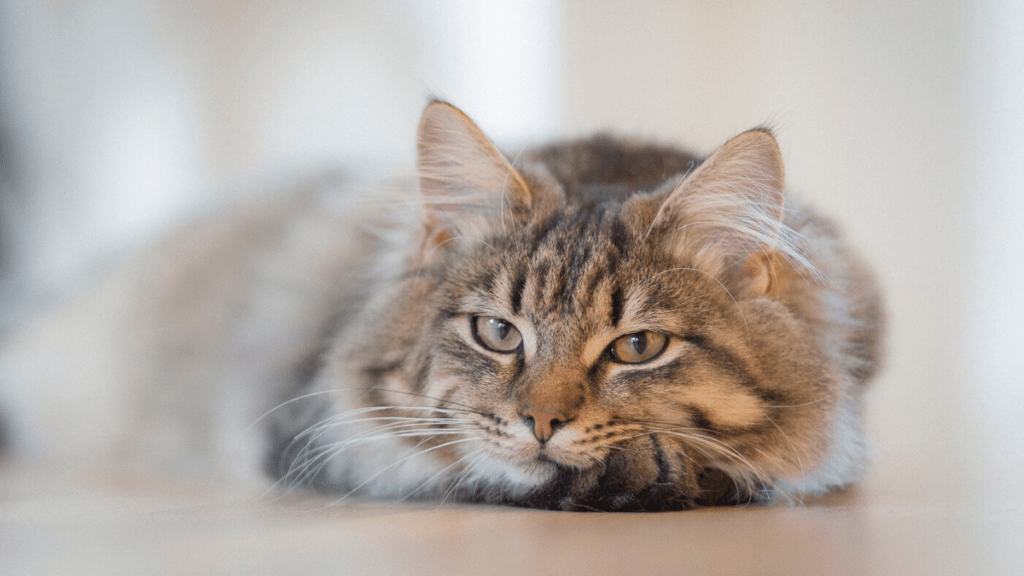Types of Kidney Disease
There are two types of kidney failure in cats: acute and chronic. Acute kidney disease is much less common and develops quickly. It is usually the result of poisons, trauma, infection, blockages (such as a ureter blockage), or heart failure. Despite the quick onset of acute kidney failure, this condition can be corrected if caught in time.
Chronic kidney disease (CKD) is more common in middle-aged and senior cats and develops over time. We typically start to monitor kidney function in cats that are 7 years of age and older, so that we can detect any changes in organ health. CKD typically develops slowly but can progress more rapidly if underlying problems (such as dental disease, high blood pressure, and thyroid disease) are not monitored and corrected.
Early Signs of Kidney Disease
Click each symptom for more information.
As kidney function declines, the kidneys aren’t able to filter blood as effectively which results in a buildup of toxins in the bloodstream. These toxins can trigger increased drinking as a means of trying to flush those toxins out of the body and keep the body hydrated.
Our Recommendations
We recommend screening for kidney disease in all middle-aged cats by the age of seven. Once kidney disease is detected, we recommend bloodwork every three to six months, depending on the stage of the kidney disease. Lab work usually involves a chemistry panel that includes kidney values, electrolytes, and blood protein levels; a urinalysis to rule out infection, check urine concentration, and monitor for protein loss; and a blood pressure check to make sure there is no hypertension, which can damage the kidneys and cause more rapid progression of the disease.

Many cats experience kidney disease at some point in time. The signs they exhibit as the disease progresses without treatment is often excused by owners as “normal” for an old cat. It is important to evaluate bloodwork because cats cannot tell us how they are feeling. With a few basic treatment options like a diet change and increased fluid intake, cats with kidney disease can live longer and have a good quality of life.






